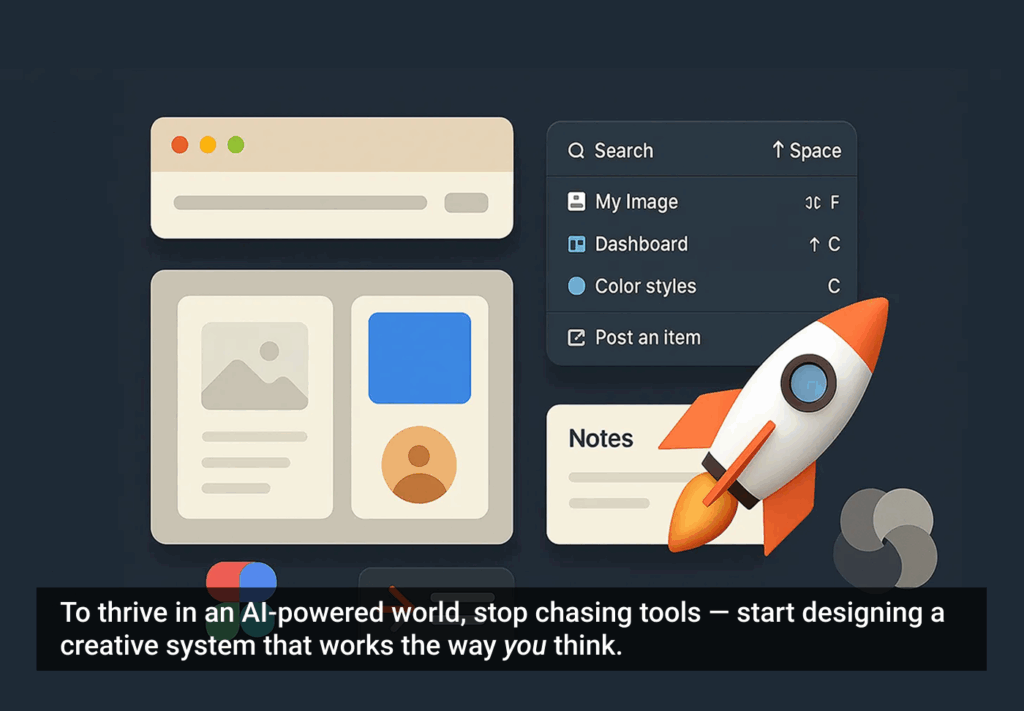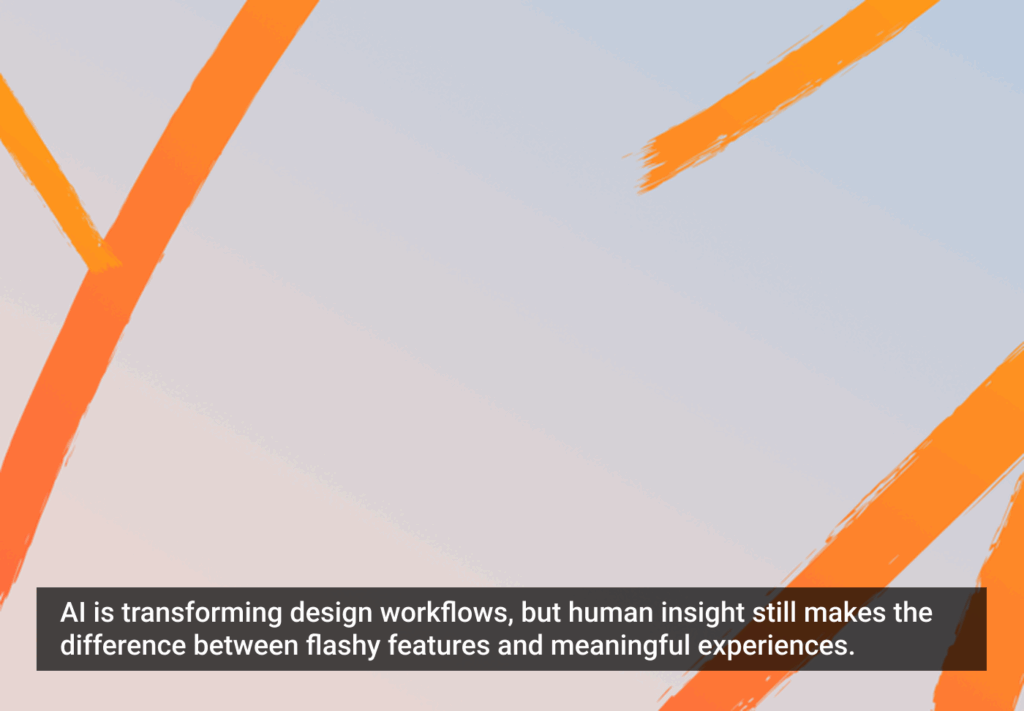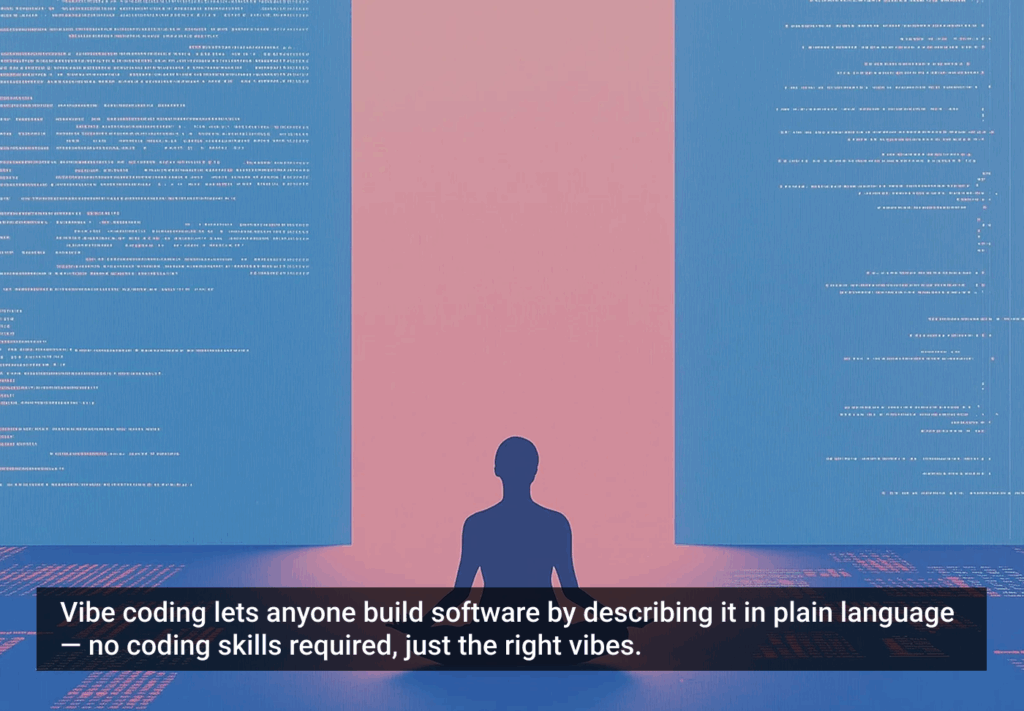Soccer teams, just like teams in any other sport, share a lot of difficulties and joys with UX teams. Think about how each player needs to have his or her role in the tactic scheme. Isn’t that the same as each creative having his or her own place on the UX team based on specific skills and abilities?
Egos, collaboration, controversy, fast decisions, and especially the unpredictable moves are the beauty of being part of the game or the design project. Success in both cases is also closely related to teamwork, individual talents, and leadership.
Everything is a result of hard work, sweat, and dedication. The UX team might eat lots of pizza and then sleep in, while the athletes resist indulging to be ready for exercise the next day, but compromise and the desire to do the best job possible need to be part of the winning mindset.
Success in both cases requires: coaching and training, learning new techniques, repeating what is essential, searching daily for what no one has done before, and being bold.
The Team Dynamic
Let’s take a look at the people involved.
Coach
There is always a leader, or coach. The one who gives the instructions, influences the teamwork, changes strategies when necessary, and always works with one objective: to win. The leader needs to evaluate the skills present and determine what is missing to foster talent.
The most important aspect of the leadership role is to be a partner in the victories and defeats. The leader is part of the team and is always partly responsible for good or bad results. The role demands making critical decisions with energy, and if necessary, changing players that do not fit the scheme anymore—especially those who are no longer playing for the team but just for themselves. This requires being assertive and choosing the right path.
Defense
Every team needs a solid defense. Consistent results come from people who may not dazzle us with their skills, but are extremely reliable and face any challenge seriously. We may not give the most demanding assignments to this person, or expect very creative results, but he or she is definitely someone we can count on.
Even if the skill set and personal style of these team members are not exactly incredible, don’t be surprised if they score a goal and become the biggest contributor responsible for winning the game. They are also responsible for stopping problems and protecting the most important part of the field, the net. In the UX environment the net correlates to big issues like low quality, delays, and internal conflicts that could jeopardize the project. Normally people with this personality are easy going with minimal ego. They are more interested in the collective effort than with winning awards for themselves.
Midfield
Midfield players can seem like they are just numbers, and may appear unnecessary, but they have a fundamental role in the organization and the game. Even if it goes unnoticed, a lot of creativity goes on in this area. Midfielders answer uncertainties when it comes to creating a good play, taking the best approach to certain problems, and seeing who is in the best position to score.
Midfielders make a lot of fast and assertive decisions and are deft critical thinkers. It is expected that people in this position understand a lot about the game. They should be doing more strategic thinking than anybody else on the field. They need to have very good communication skills to connect the defense with the offense.
This part of the field is where a lot of difficult decisions are made and will have influence over the rest of the game, positively or negatively. People can make wrong decisions that would escalate very quickly and far into the project, or can start it off right and make the entire experience pleasant and exciting.
Strikers
Finally, there are the strikers: the players who are expected to deliver the most brilliant results. They are the ones always trying to do something different. They may have difficult egos but they bring a lot of innovation and creative thinking to the game.
With these characteristics, it’s expected that they might miss some opportunities or offer some bizarre solutions. More often than not, though, they surprise everybody with their charm and generate the WOW! This should be the ultimate goal of the striker. Learning how to deal with this personality is the challenge of the coach, because even with a striker, the individual should never be more important than the team.
Balance
Any winning team must achieve a balance between offense and defense. To do this, we put together highly skilled and talented professionals with serious and committed people, creating a potent combination of characters that will play together as they compete against one another. They know exactly where to stop and pass the ball to the better-positioned player in order to continue the game.
This takes more than just the best players. For example, how many times have we seen the best team lose, even if it’s the most expensive team in the league made up of all-stars? An unmanaged team of superstars might have lots of conflicting egos putting personal interests before the collective good, effectively eliminating their ability to coordinate plays together on the field.
With any good team—soccer or UX—there’s a lot of backstage work. Roles and skills that might be unseen are very often fundamental to success. There needs to be an environment where team members are helping each other, making sure everyone’s interests are being taken into consideration.
On a good team everybody understands the challenges to come and the best way to face them.
Image of soccer ball courtesy Shutterstock.







